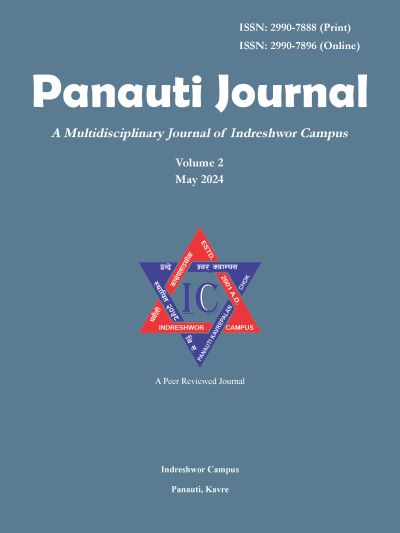Factors of Agricultural Transformation in Nepal
DOI:
https://doi.org/10.3126/panauti.v2i1.66586Keywords:
Agricultural Structural Transformation, Agricultural Trade, Investments, Labor Force, Land Reform, Productivity GapsAbstract
The fundamental challenge of developing countries like Nepal is the need to modernize traditional agriculture in order to establish it as a key sector to kick off the growth of other sectors of the economy. Therefore, this paper has assessed the present state of agricultural development in Nepal to identify the major areas for reform. This paper adopted review and a descriptive analysis of the available official data from various government documents and research papers. The analysis has revealed that agricultural growth has been slow and that the contribution of the agriculture sector to GDP is also decreasing. The overall investment in the agricultural sector has been insufficient, resulting in numerous other issues, such as high productivity gaps, persistent food insecurity, and agricultural trade deficits. A concerted effort is required to achieve an agricultural transformation in Nepal, encompassing all the major sectors of agricultural growth. It is unlikely that the burgeoning problems of the Nepalese economy will be solved in the near future without the radical transformation of the agricultural sector.
Downloads
Downloads
Published
How to Cite
Issue
Section
License
Copyright (c) 2024 Panauti Journal

This work is licensed under a Creative Commons Attribution-NonCommercial 4.0 International License.
This license enables reusers to distribute, remix, adapt, and build upon the material in any medium or format for noncommercial purposes only, and only so long as attribution is given to the creator.




